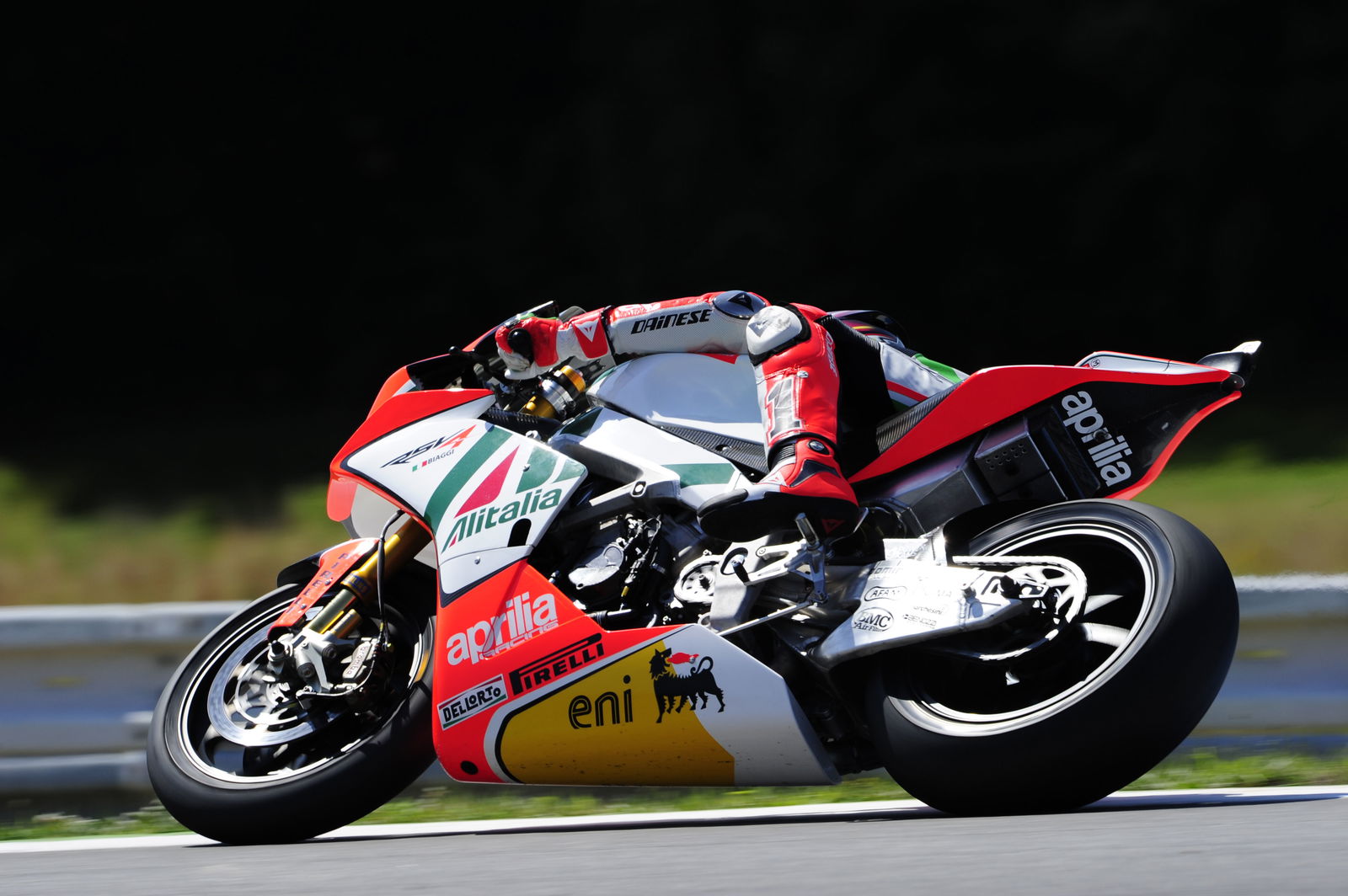MotoGP rule changes announced

During the Valencia season finale a meeting of the Grand Prix commission decided upon the following rule changes for the MotoGP World Championship.
Changes are shown in bold. Where appropriate, we've added the previous rules in Italics just below the new version.
1.15.1.1 MotoGP Class
It was agreed that with effect from 2012 private testing of MotoGP class machines may be carried out by any rider, subject to a limit on the total number of tyres being supplied by the official MotoGP tyre supplier. Final details will be confirmed at the next GPC meeting in December.
It was also agreed that manufacturers may use any rider for the completion of their 2011 testing programme during November 2011.
2.3.7
7.) As an exception to Aricle 2.3.7. 6), it will be possible to break the seals if all the following conditions apply:
a) the machine is entered by a CRT team,
b) for the sole purpose of changing the gearbox and/or primary ratios, on an engine design where seals need to be removed for internal gearbox access,
c) under supervision of the Technical Director and staff, at a time and place determined by the Technical Director.
This is Article 2.3.7. 6.) which the new rule refers to: "To prevent the running of a used, allocated engine outside of MotoGP events, all allocated engines will have security seals placed over either exhaust or inlet ports (on at least one cylinder bank, in the case of V-type engines) before leaving the circuit. Teams wishing to re-use such an allocated and sealed engine must request the Technical Director to remove the security seals. If the Technical Director or his staff finds that the security seals are not intact, the engine will be deemed to be a new engine in the allocation, with the appropriate penalty.
2.5.1
The following are the revised minimum weights permitted:
- Moto3: motorcycle & rider 148kg
- Moto2: motorcycle 140kg
- MotoGP up to 800cc motorcycle 150kg
801 - 1000cc motorcycle 153kg
Previous weight limits:
- 125cc motorcycle + rider 136 kg
- Moto2 motorcycle 135 kg
- MotoGP 2 cylinders or less motorcycle 135 kg
3 cylinders motorcycle 142,5 kg
4 cylinders motorcycle 150 kg
5 cylinders motorcycle 157,5 kg
6 cylinders or more motorcycle 165 kg
2.7.3.3
In the MotoGP class, carbon brake discs must be of one size for outside diameter of 320mm and only 2 standard choices of disc mass are permitted.
As an exception for the 2012 season only, machines entered by a CRT team are allowed to use carbon brake discs of other sizes.
Previous rule: In the MotoGP class, carbon brake discs may be a maximum diameter of 320mm. From 1.1.2011 onwards carbon brake discs will be allowed with only 320mm diameter, and only 2 standard choices of disc mass. Carbon brakes will be permitted in MotoGP at least until the end of the 2012 season.
2.7.3.4
In all classes, the proportion of ceramic composite materials in brake discs must not exceed 2% by mass.
Ceramic materials are defined as inorganic, non metallic solids (e.g. Al2O3, SiC, B4C, Ti5Si3, SiO2, Si3N4).
Previous rule: In all classes, ceramic composite materials are not permitted for brake discs or brake pads.
Ceramic materials are defined as inorganic, non metallic solids (e.g. Al2O3, SiC, B4C, Ti5Si3, SiO2, Si3N4).
2.7.3.5Motorcycles must be equipped with brake lever protection, intended to protect the handlebar brake lever(s) from being accidentally activated in case of collision with another machine. Acceptable protection includes the fairing extending sufficiently to cover the brake lever, as viewed from the front.
Such devices must be strong enough to function effectively and designed so that there is no risk for the rider to be injured or trapped by it, and it must not be considered a dangerous fitting (at the sole discretion of the Technical Director).
In case the brake lever protection is attached to any part of the braking system (eg. brake master cylinder), then the brake system manufacturer must officially confirm in writing to the Technical Director that the device does not interfere with the proper brake operation.
2.7.3.5 is an entirely new rule.


